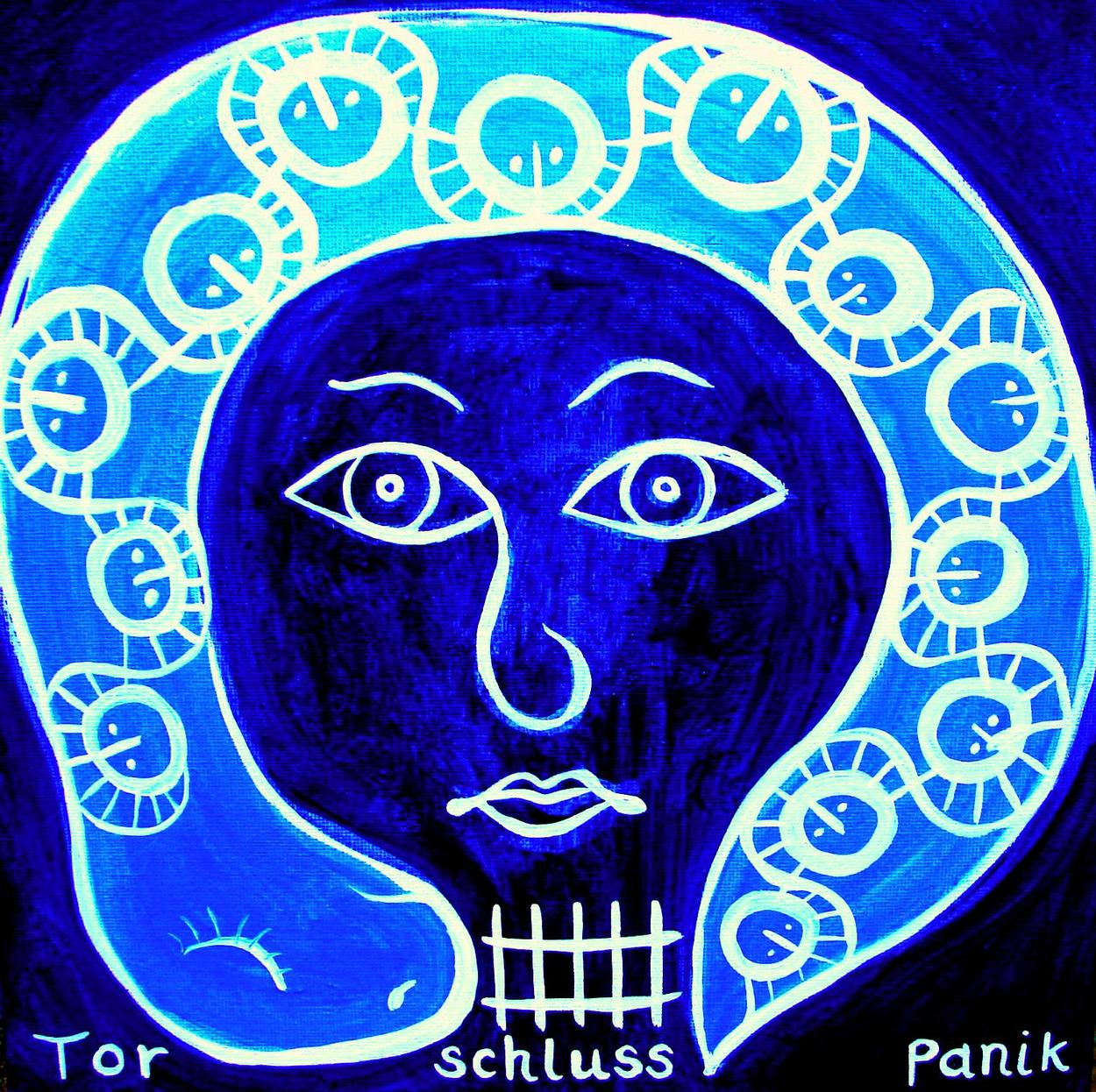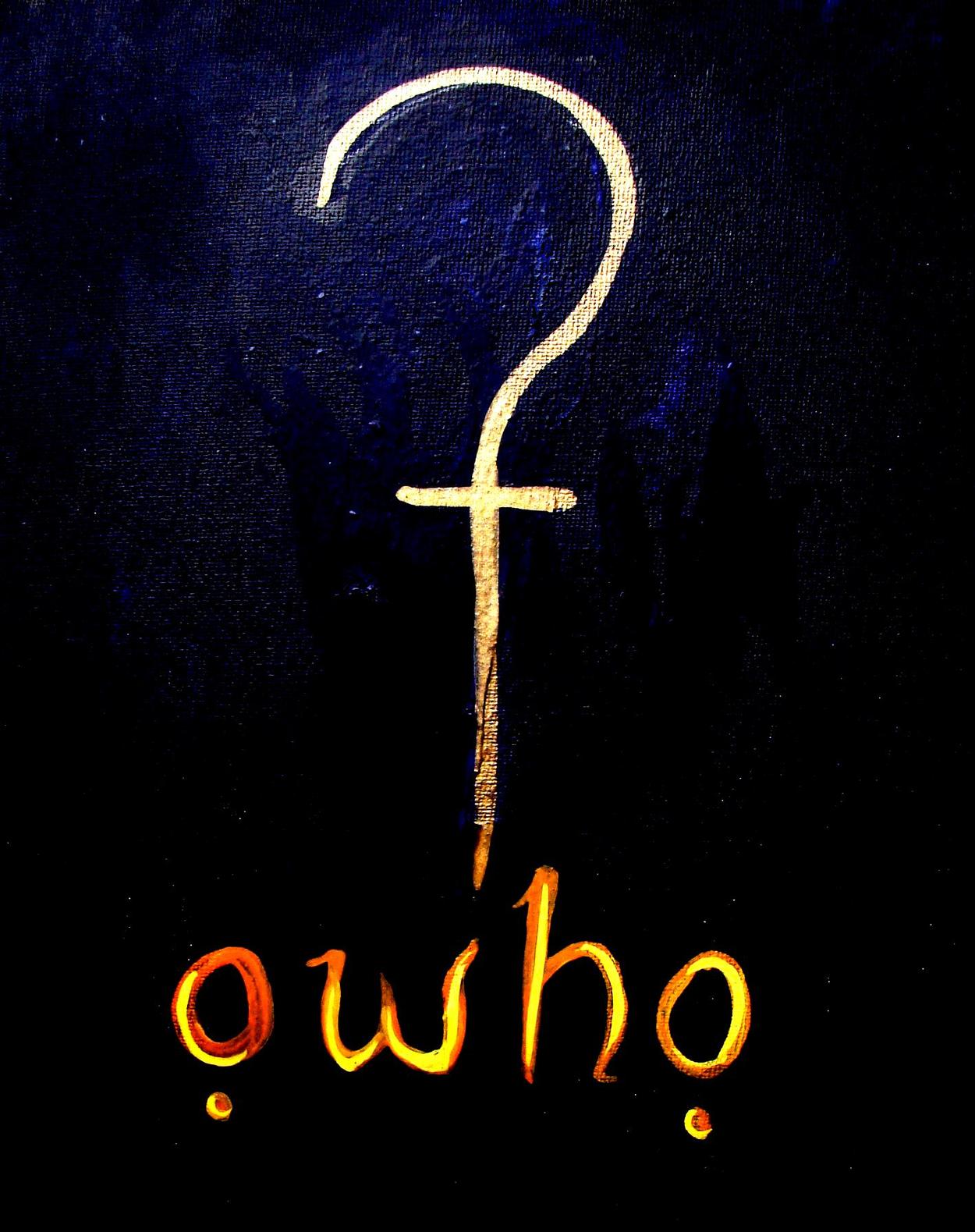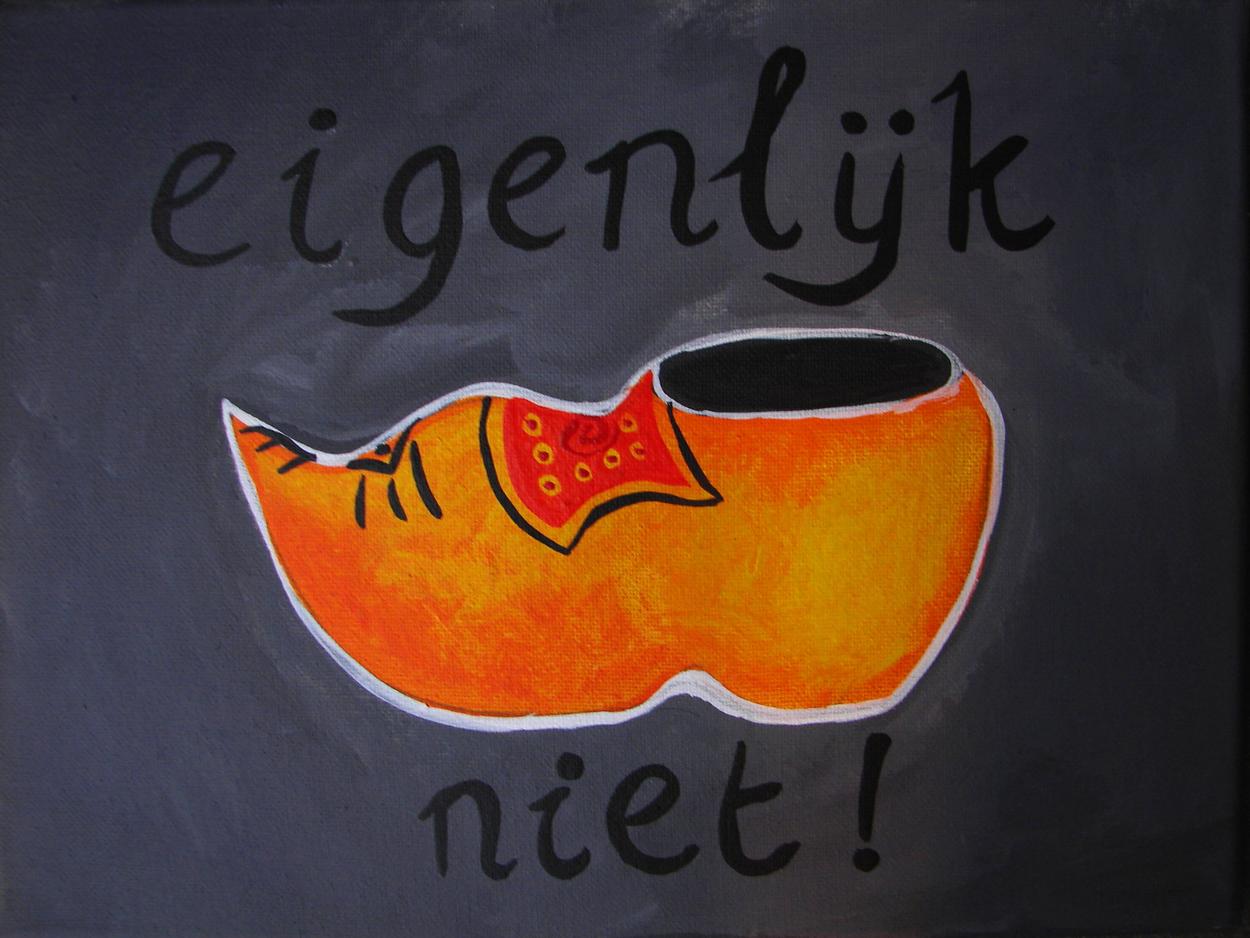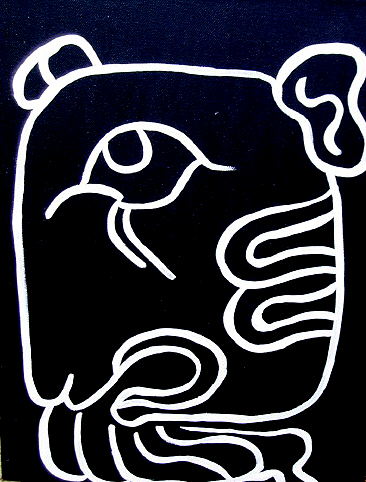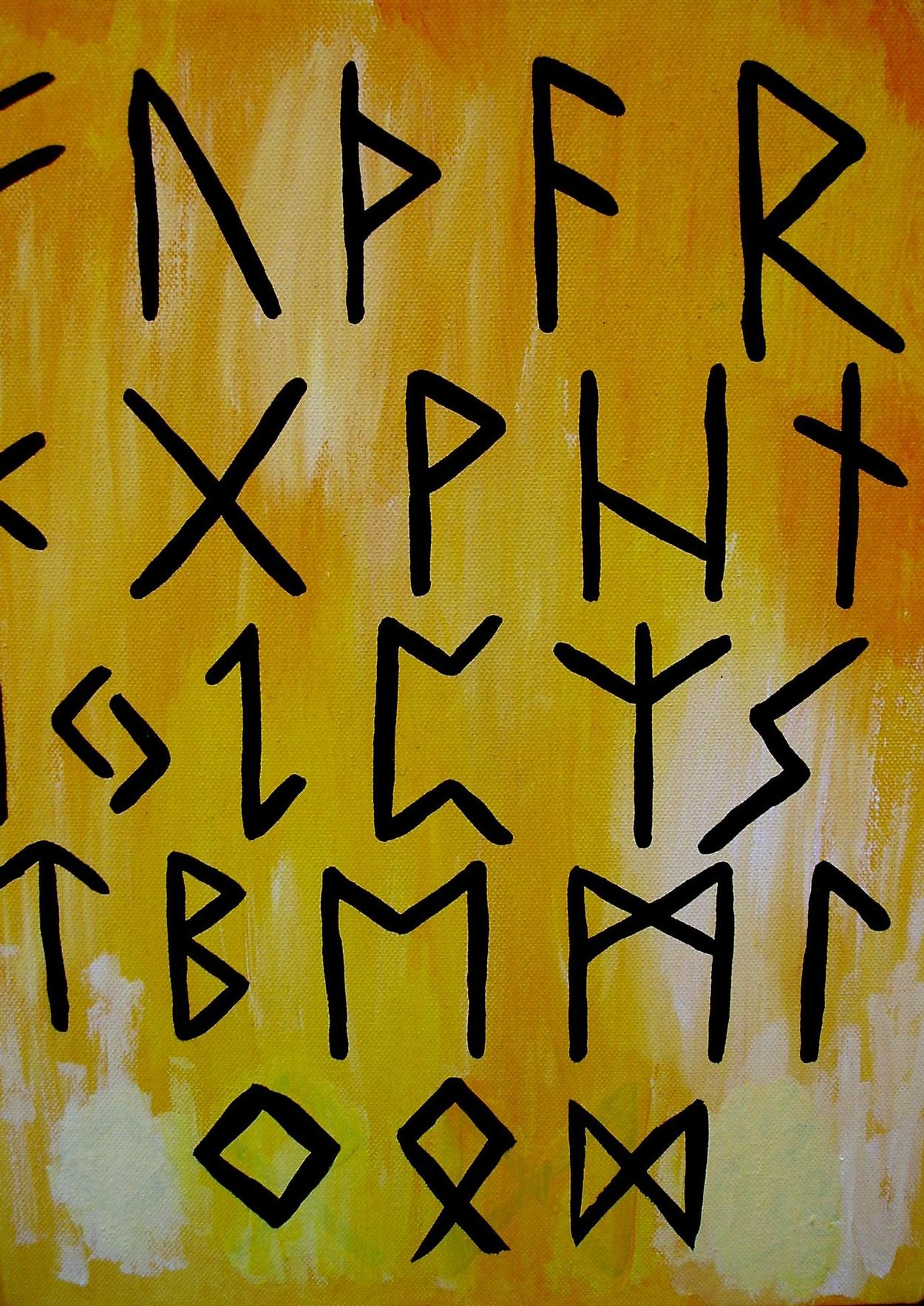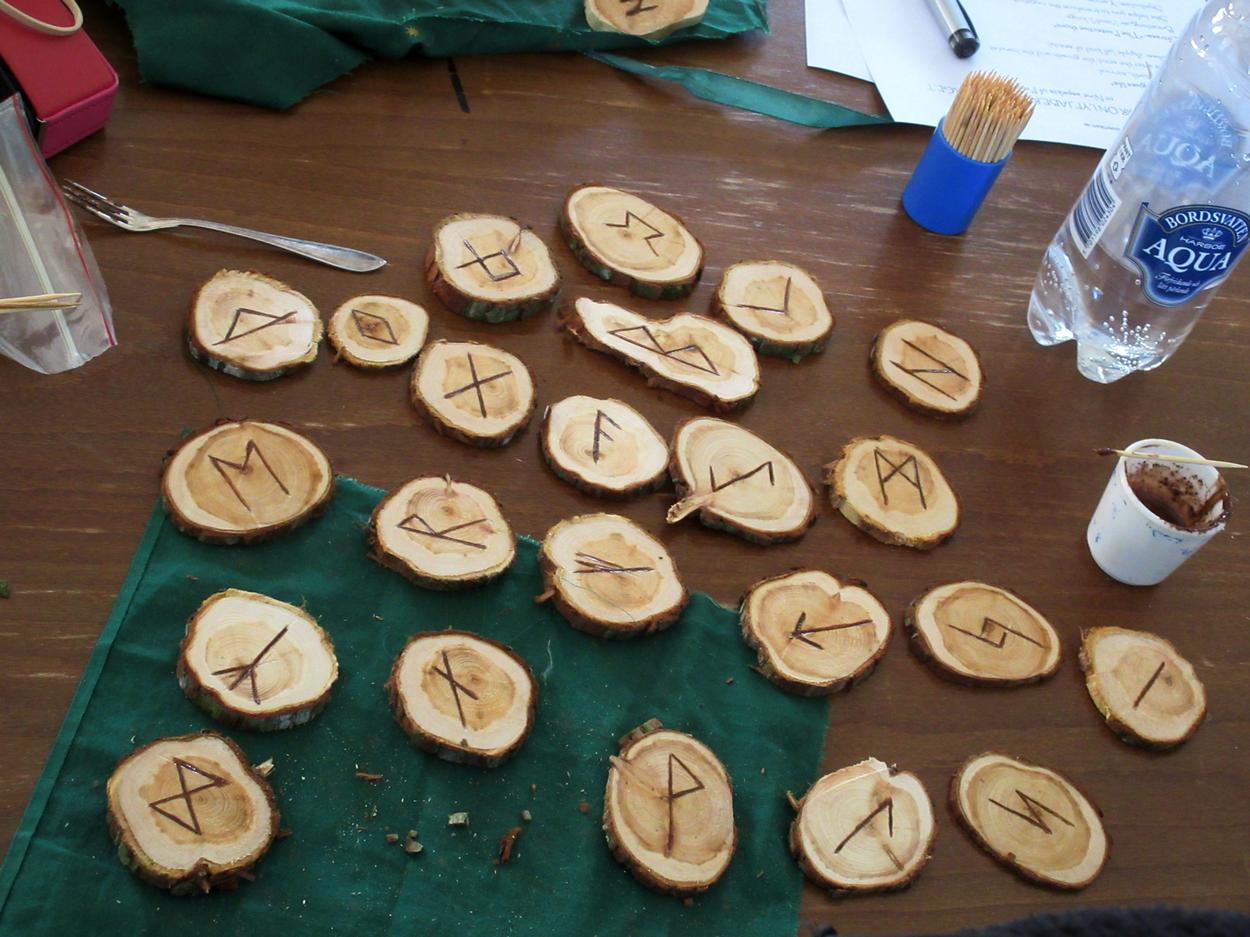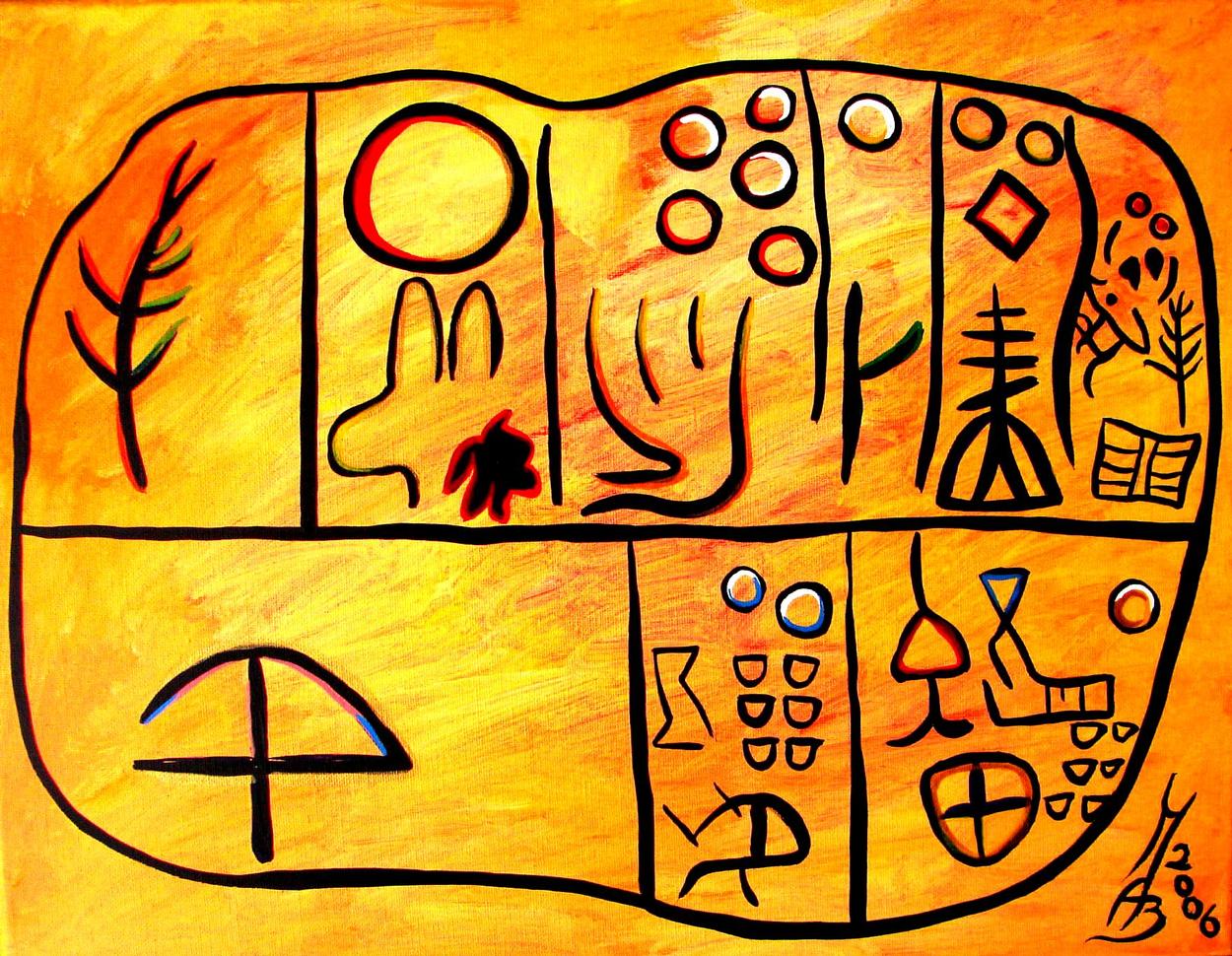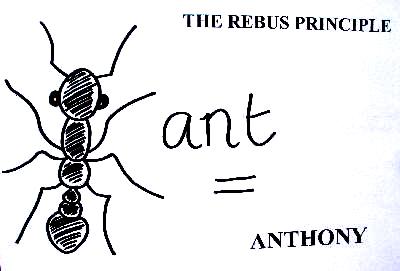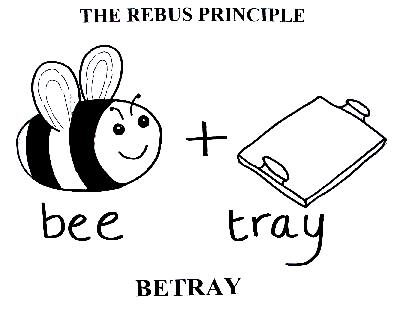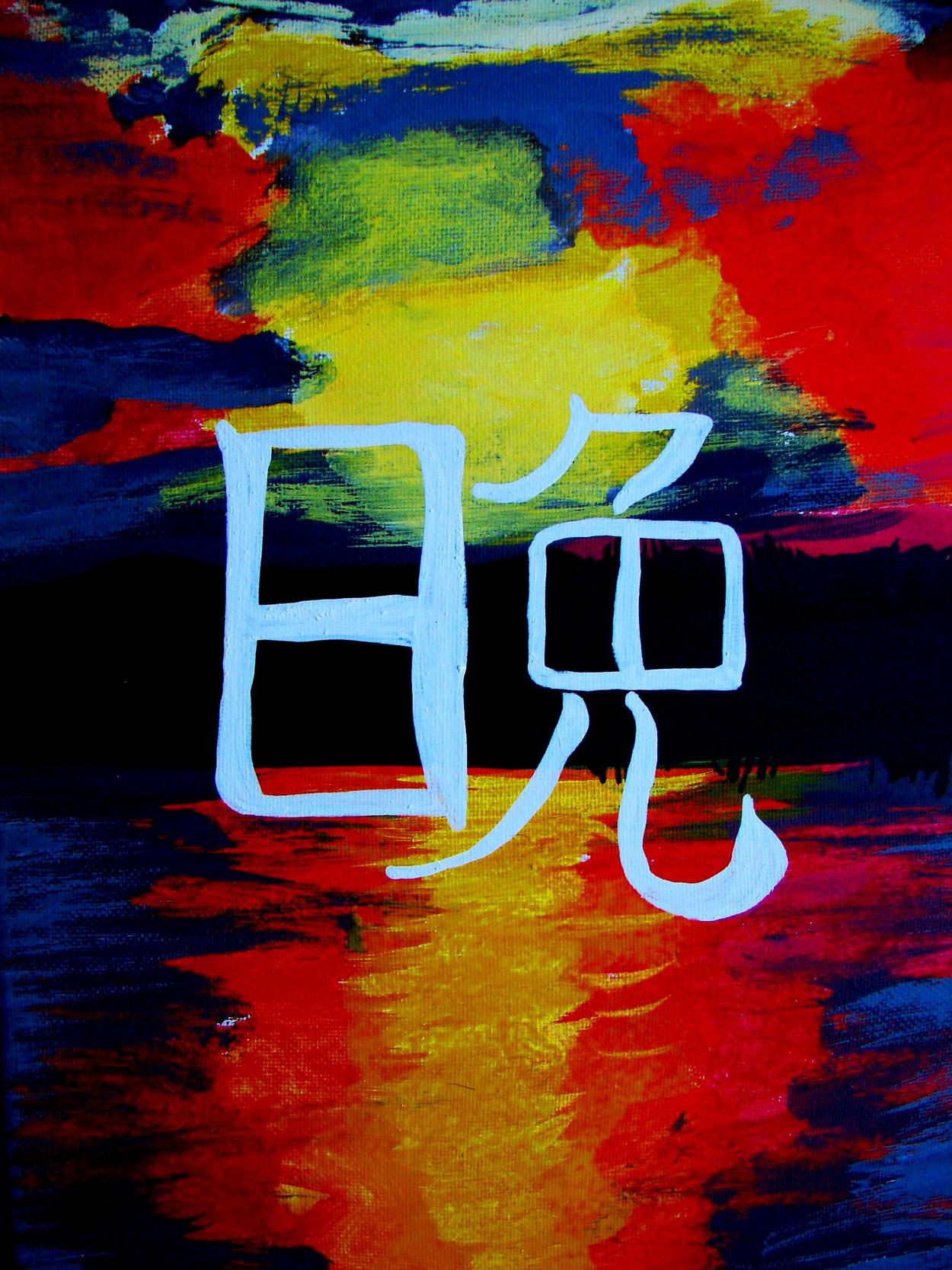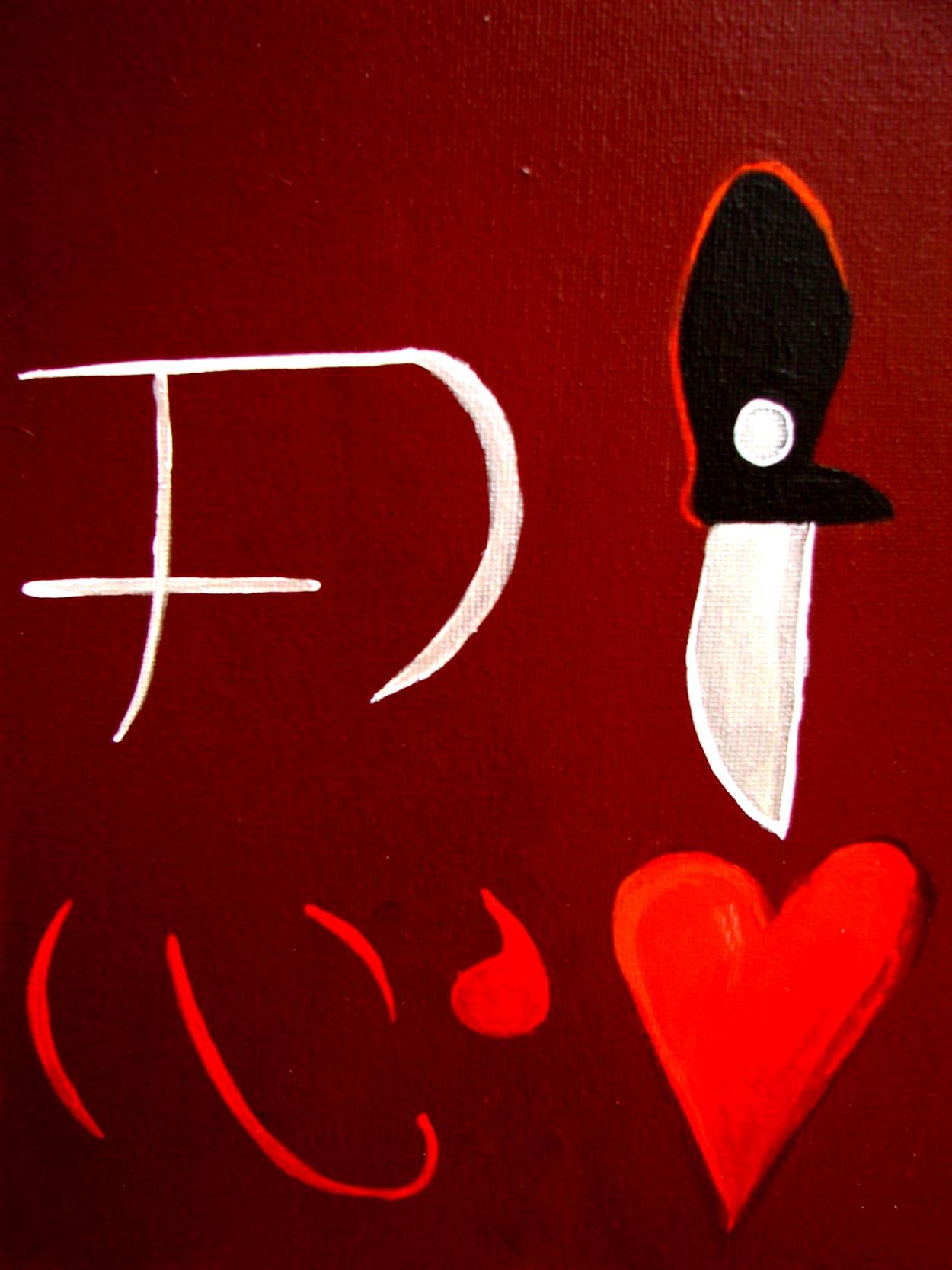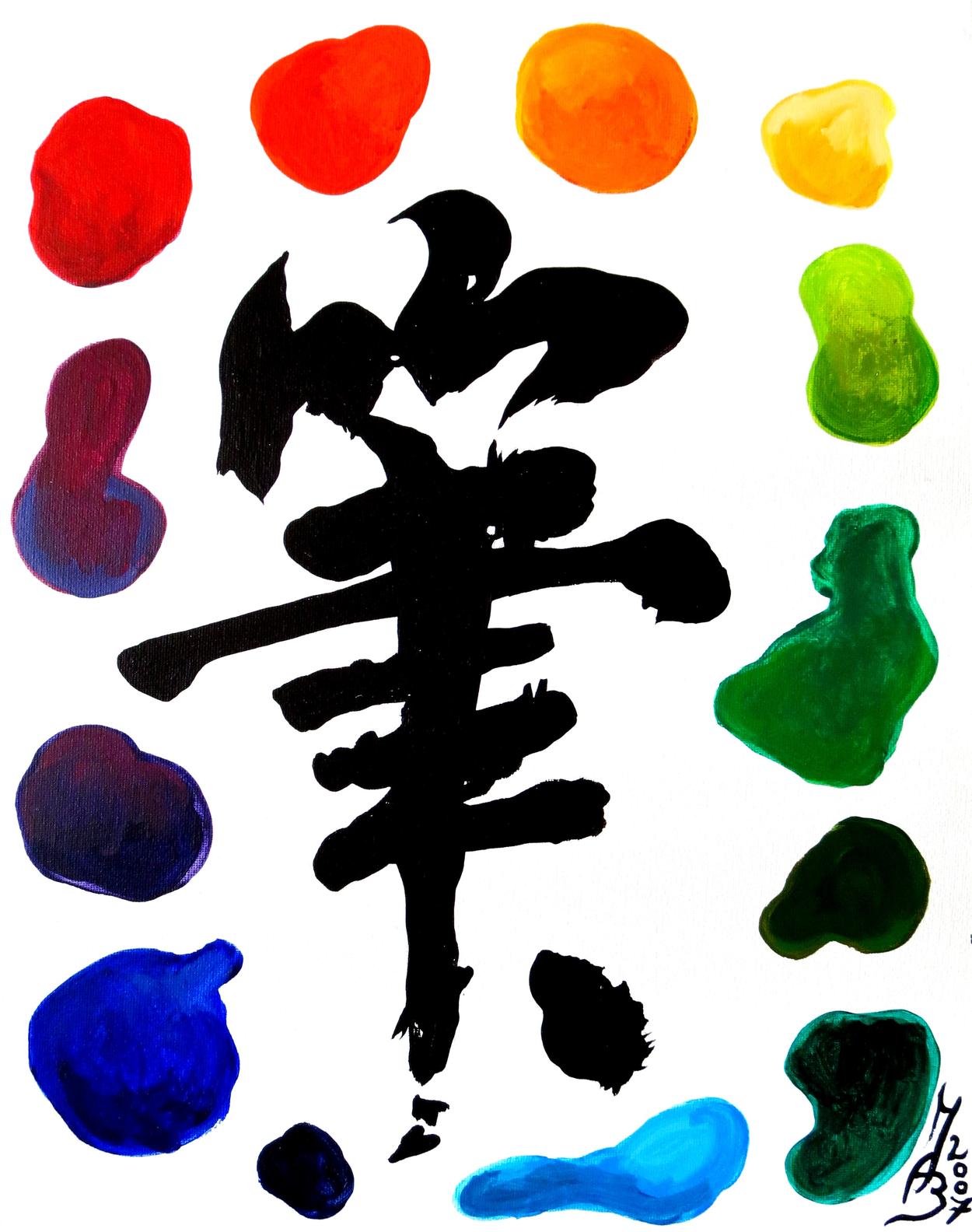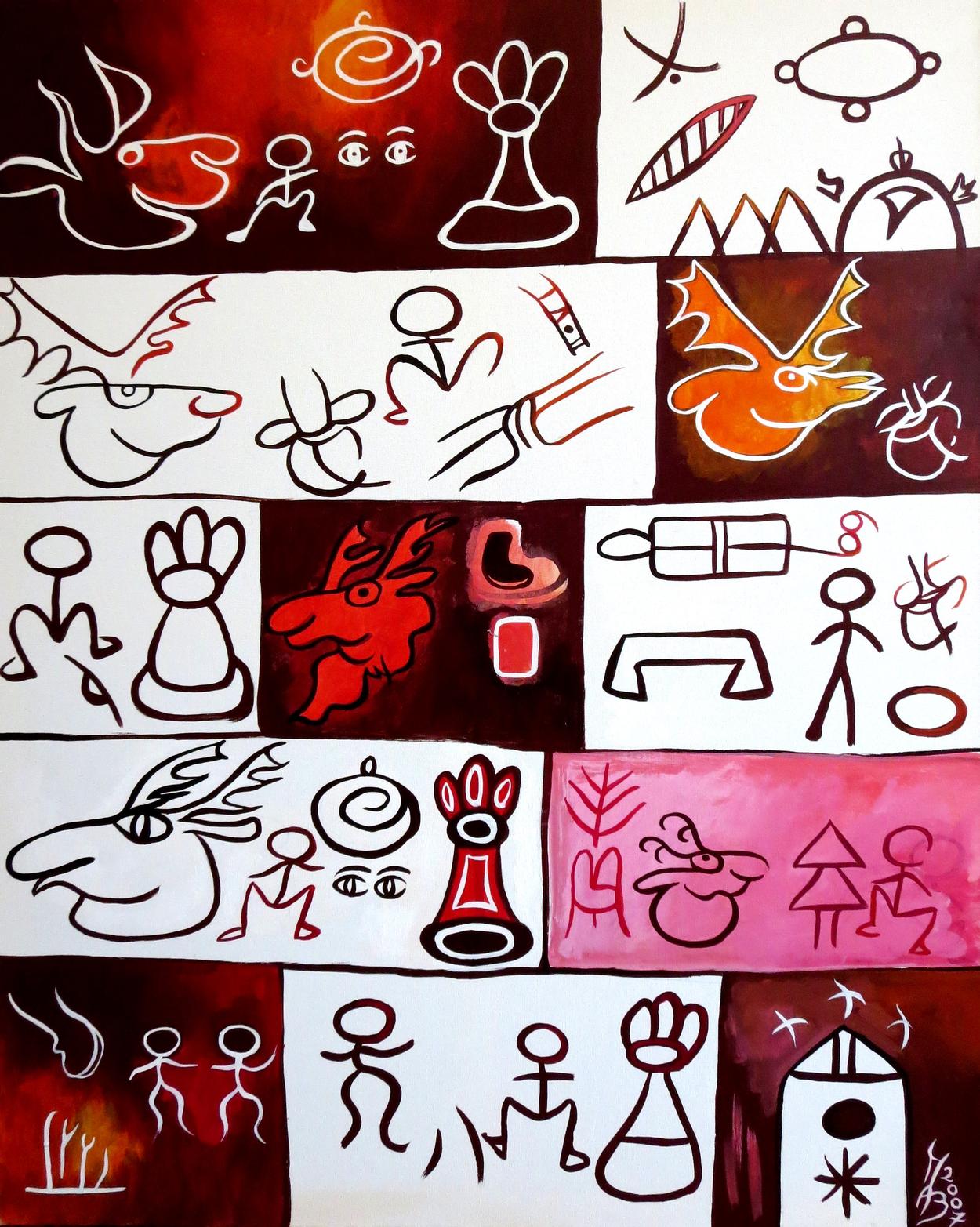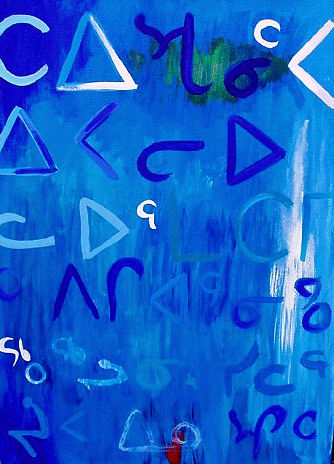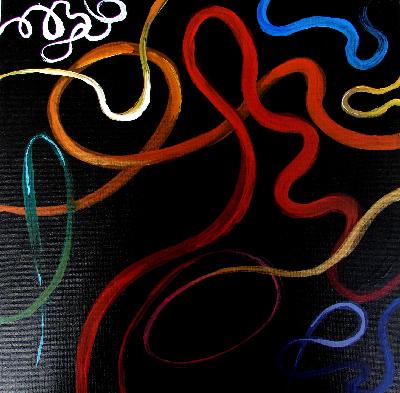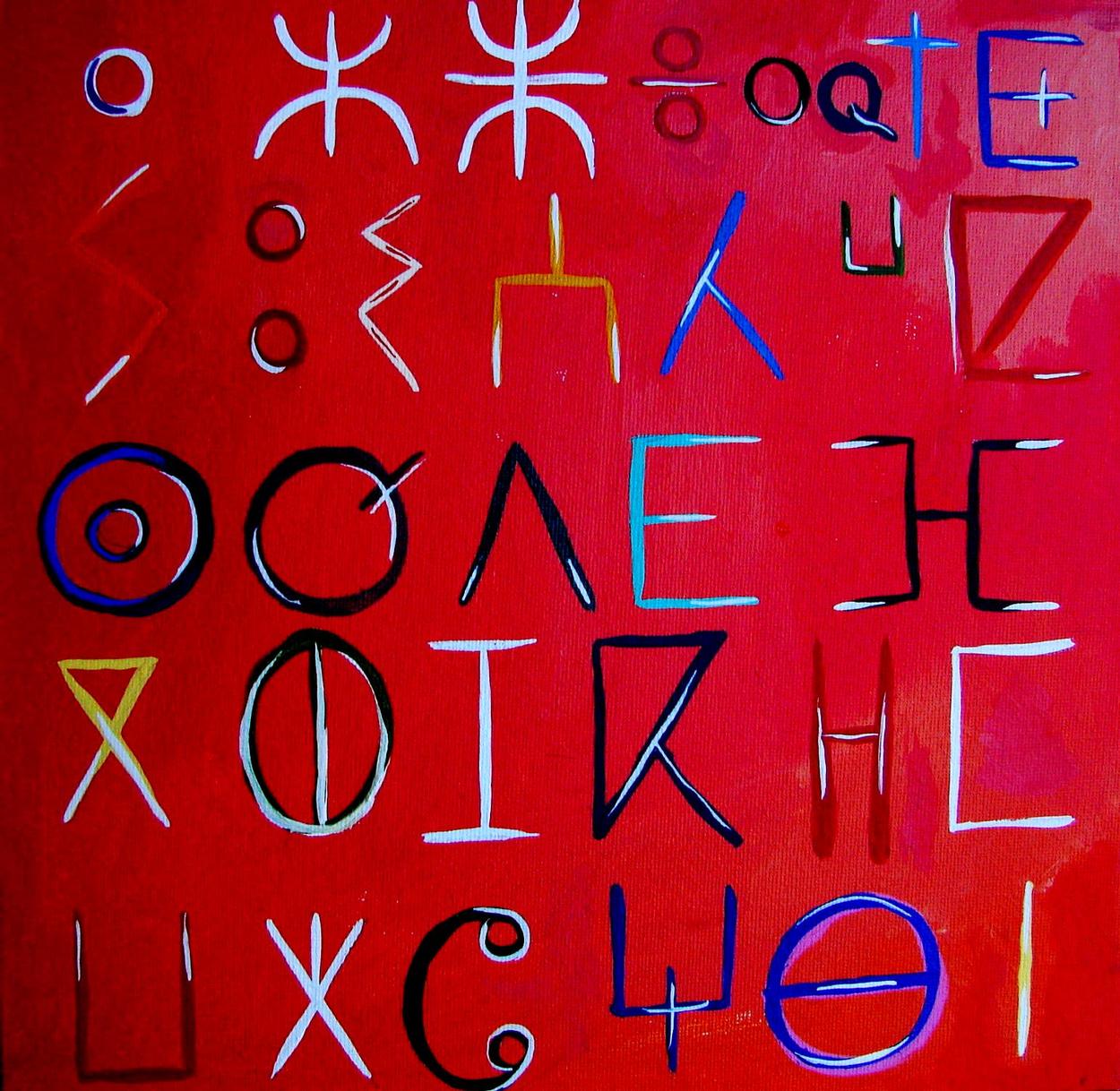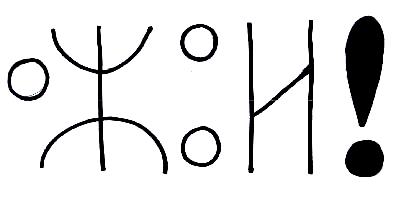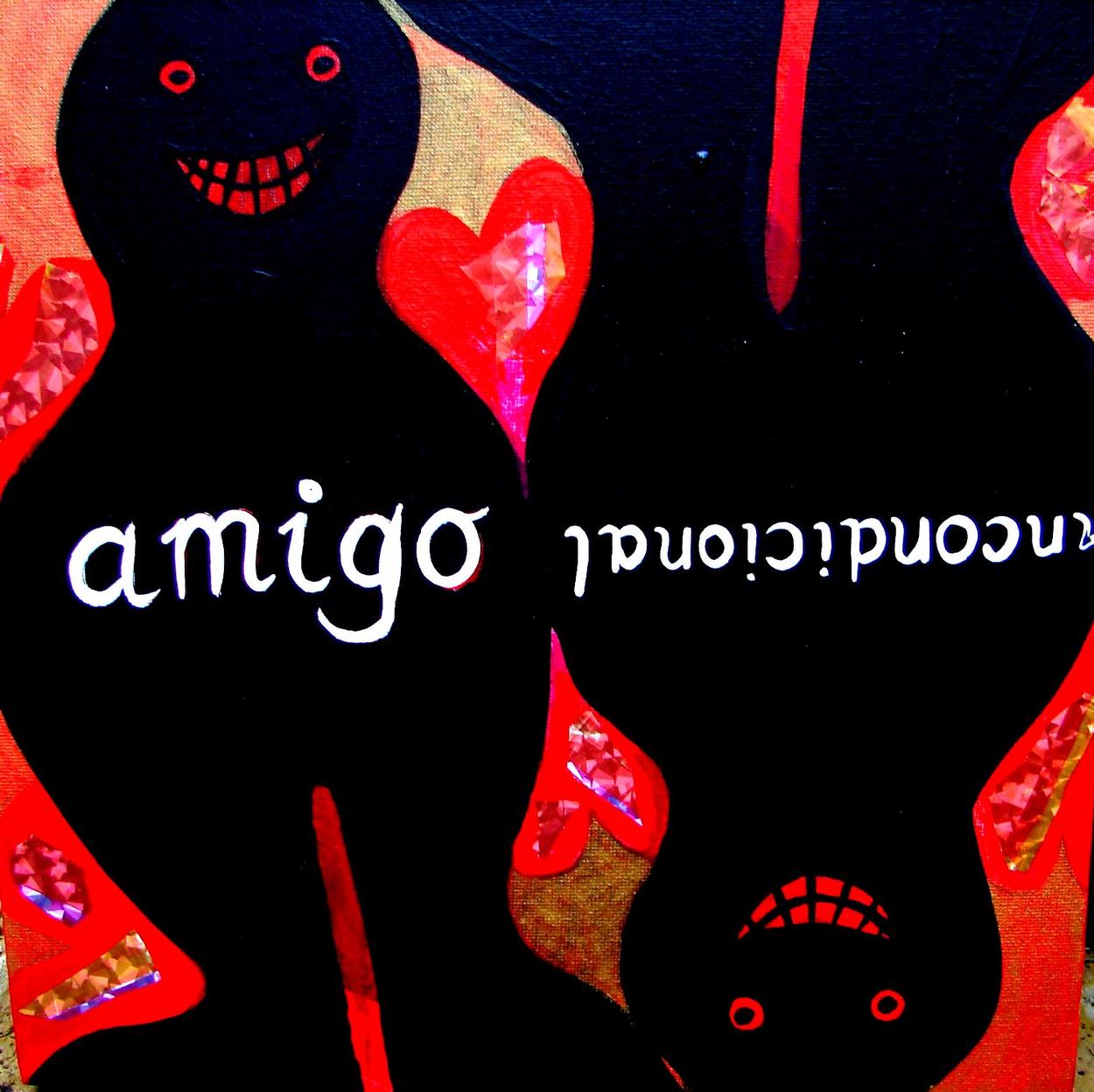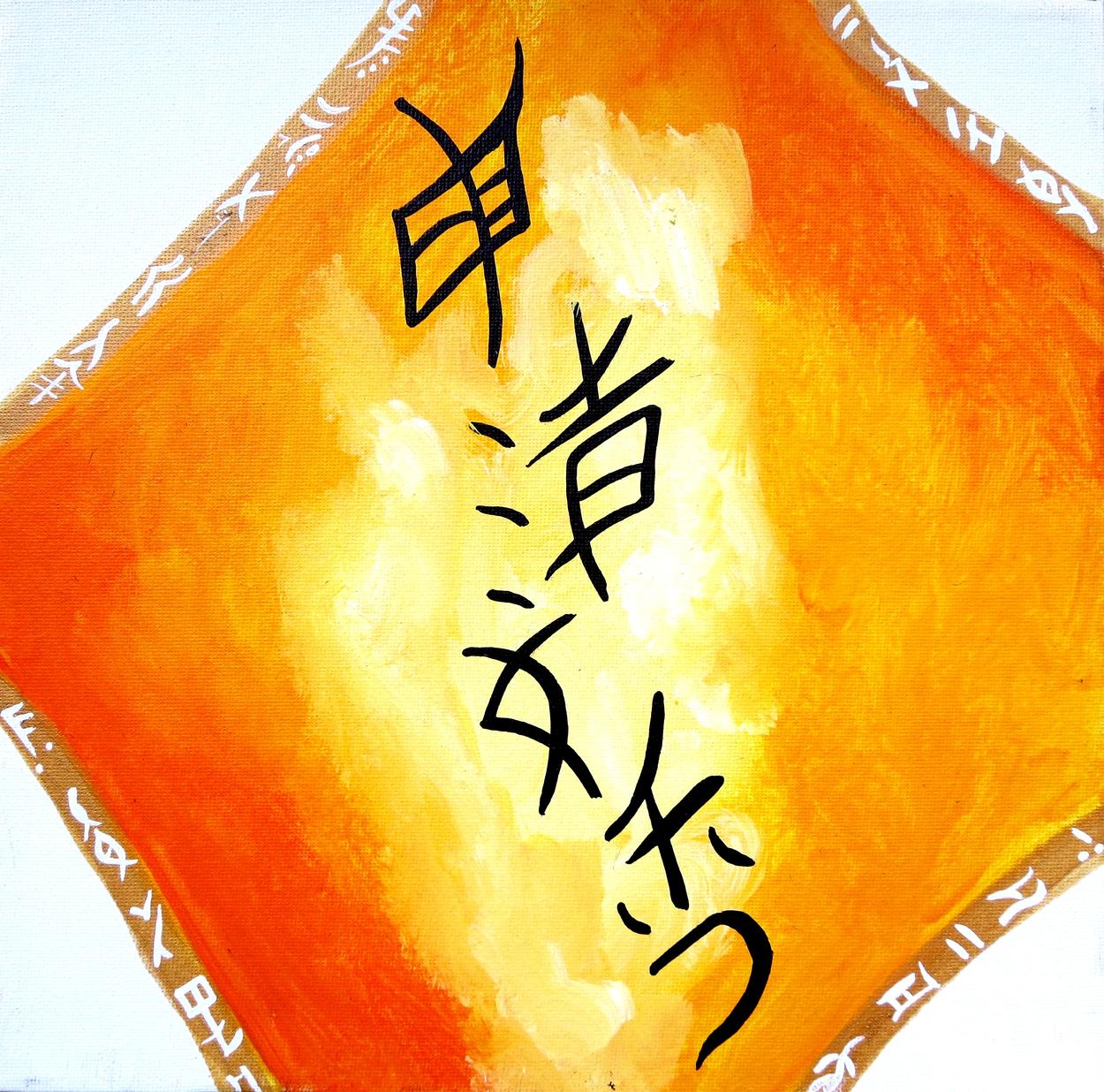IN LOVE WITH LANGUAGE!
One of my great passions in life is learning foreign languages. The paintings on this page explore aspects and dimensions of world languages and they pose the question :"What makes a language?!" and also: "How do language work?" What can they convey and not? Is mathematics a language? Is music a language?
I looked up the word 'language' in the dictionary. It gave the following definitions:
1 Human speech
2 A distinct variety of human speech (such as English, Bengali, Japanese and so forth)
3 Any manner of expressing thought (think Sign Language)
4 A system of signs and symbols for use in e.g. a computer (and here you can think of music or mathematics as well)
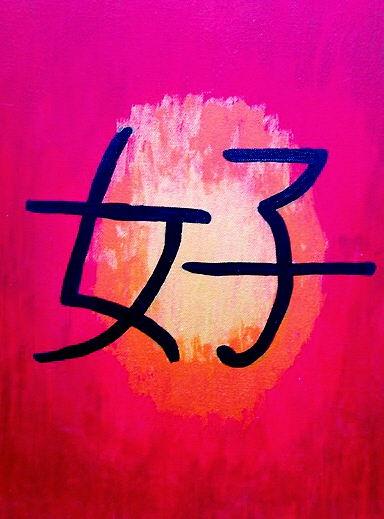
< THE JAPANESE KANJI (CHARACTER) FOR LOVE
Exists of the character for woman (on the left) combined with the character for child (on the right).
Elementary lesson in Mandarin:
The characters used to write Japanese (except the additional phonetic scripts of the hiragana and katagana) are derived from ancient Chinese characters.
(In Mandarin Chinese this word is pronounced HAO and means "good or well'. A woman and her child together means 'all is well in the world", all is in order!
If you study Mandarin Chinese (as I did for two years) this is almost the fist phrase you learn:
"NI HAO MA?" - How are you?
"HEN HAO XIE XIE NI" - Very well, thank you!
NI HAO (on its own) means simply: "Hello!
(Literally: you good!)


